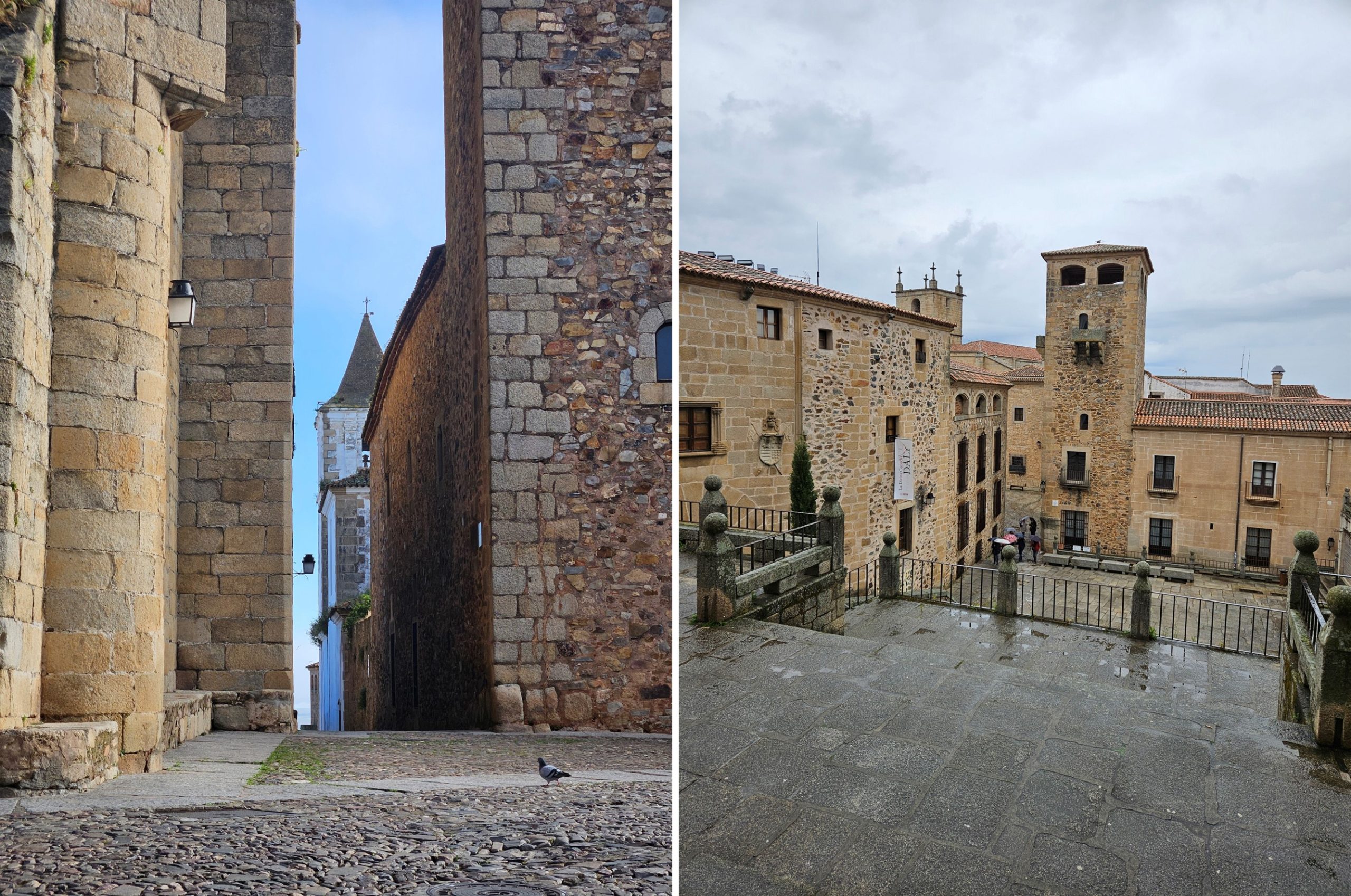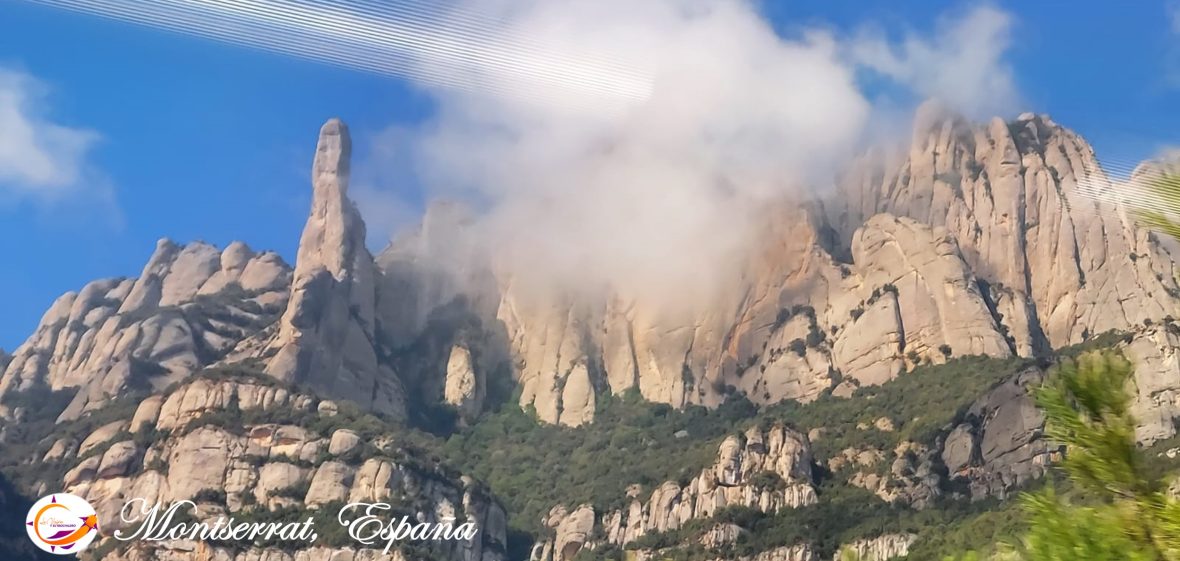On the Saint George Plaza in Cáceres rises the façade of the Church of San Francisco Javier, standing in a wide-open space and distinguished by its two striking white towers, which contrast sharply with the surrounding medieval architecture. From almost any point in the square, one can admire the imposing towers of this magnificent church, also known as the Church of the Precious Blood. The notable slope of the square enhances the sense of monumentality of the entire ensemble. Moreover, the building, which also includes a convent later converted into a school, forms part of the Monumental City of Cáceres, declared a UNESCO World Heritage Site and listed as a Cultural Heritage Site (Bien de Interés Cultural) since 2004.
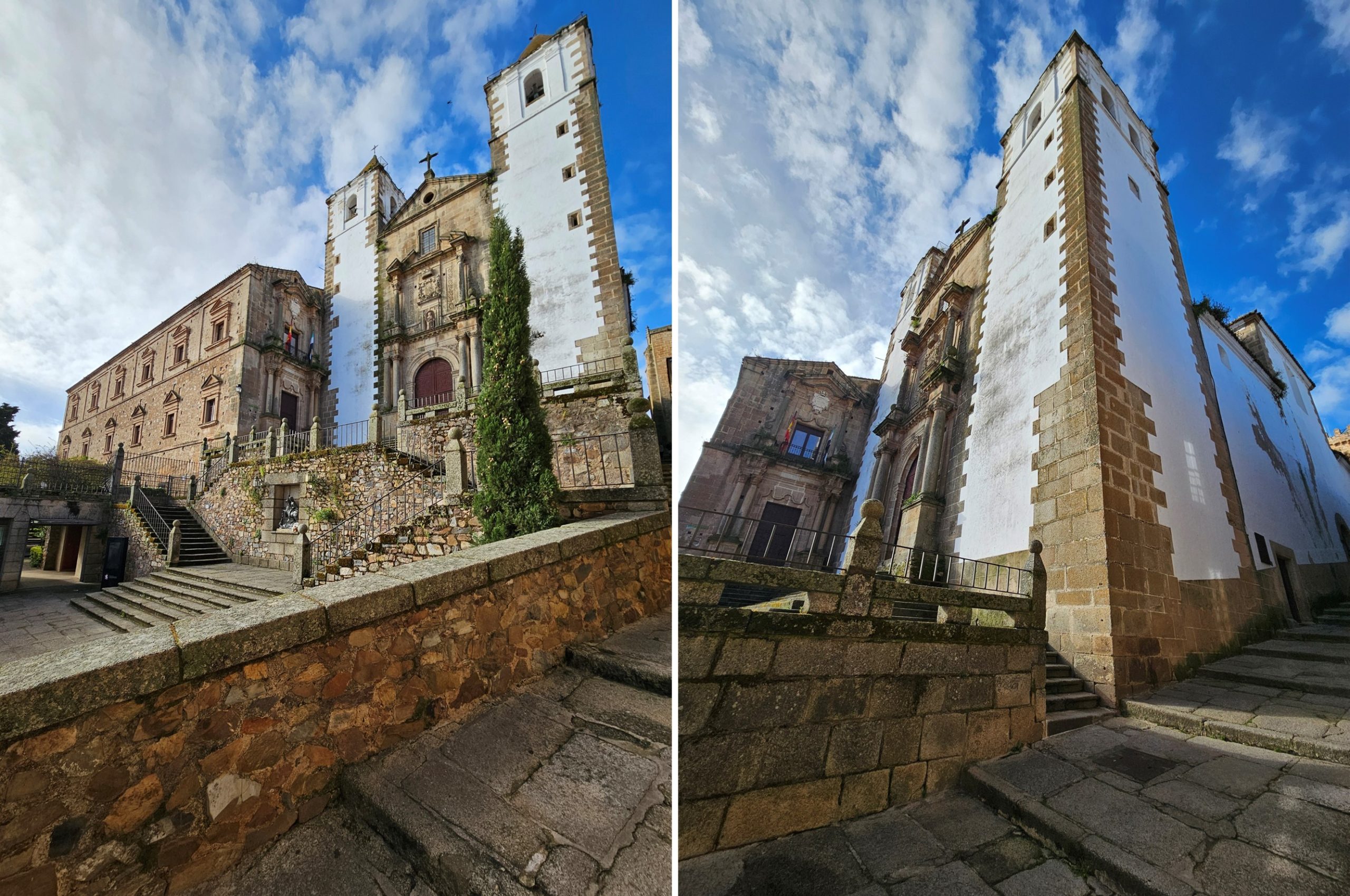
The Church of San Francisco Javier was built thanks to the legacy of Francisco de Jasso y Azpilcueta, better known as Saint Francis Xavier, born in the town of Javier, in the Kingdom of Navarre (present-day Spain). He became renowned as a religious figure and missionary of the Society of Jesus (Jesuits). After being widowed, he entered the Jesuit order and left his entire fortune to it. What makes Francis Xavier especially notable is that he was the first missionary of the Society of Jesus, becoming an inspiring example for many others who followed in his footsteps. A close collaborator of its founder, Ignatius of Loyola, he stood out for his missions in Asia and Japan, inspiring others to evangelize faraway lands. He was nicknamed the “Apostle of the Indies” and traveled more than 120,000 kilometers in his missionary work—a distance equivalent to three times the Earth’s diameter.
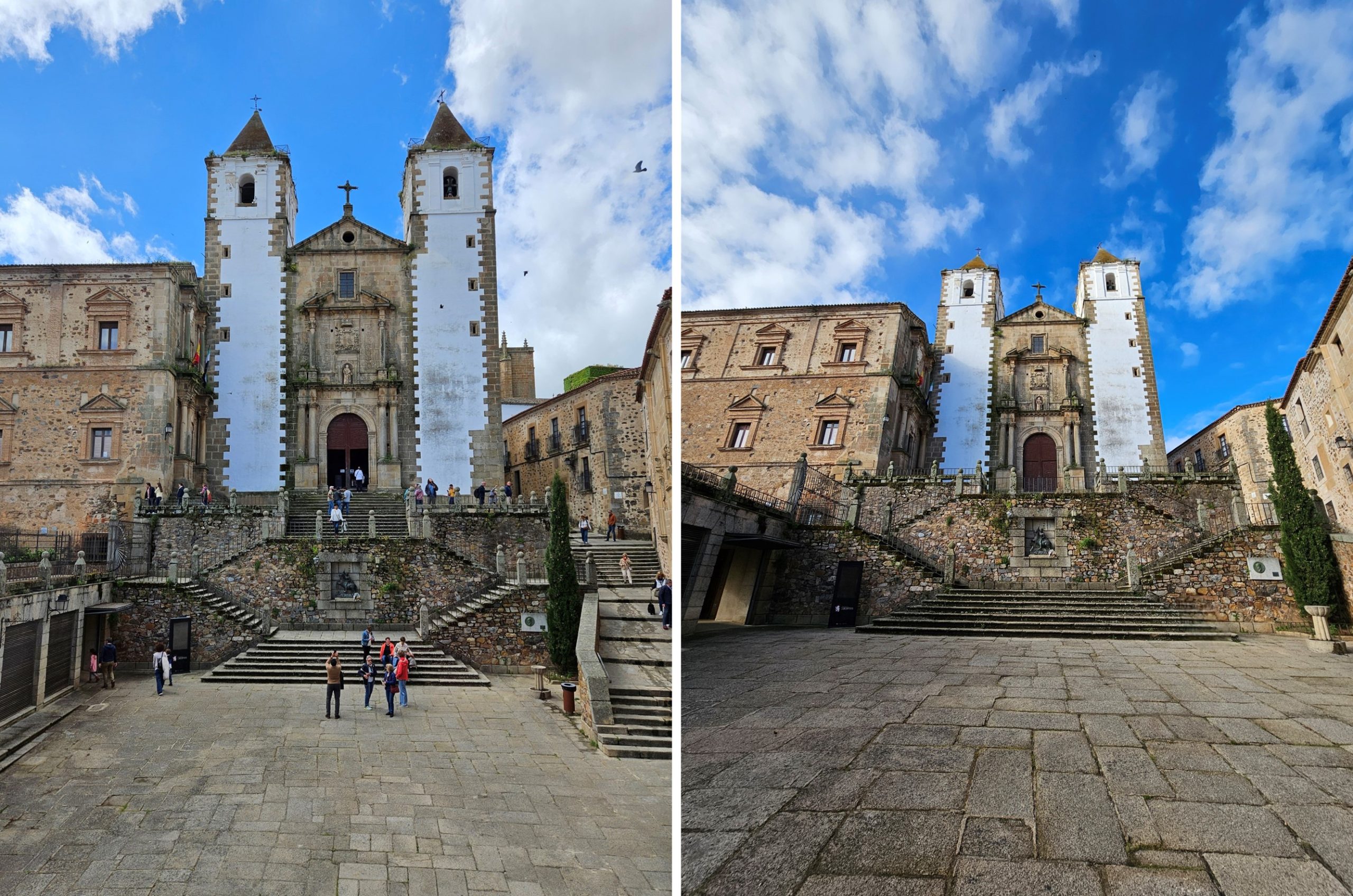
Construction of the Church of San Francisco Javier began in 1698 and was completed between 1752 and 1755. After the expulsion of the Jesuits from Spain in 1767, by order of King Charles III, the building was given various uses throughout the 19th century, serving as a school, hospital, and military barracks. Since 1899, it has been under the custody of the Missionary Fathers of the Precious Blood, hence its popular nickname.
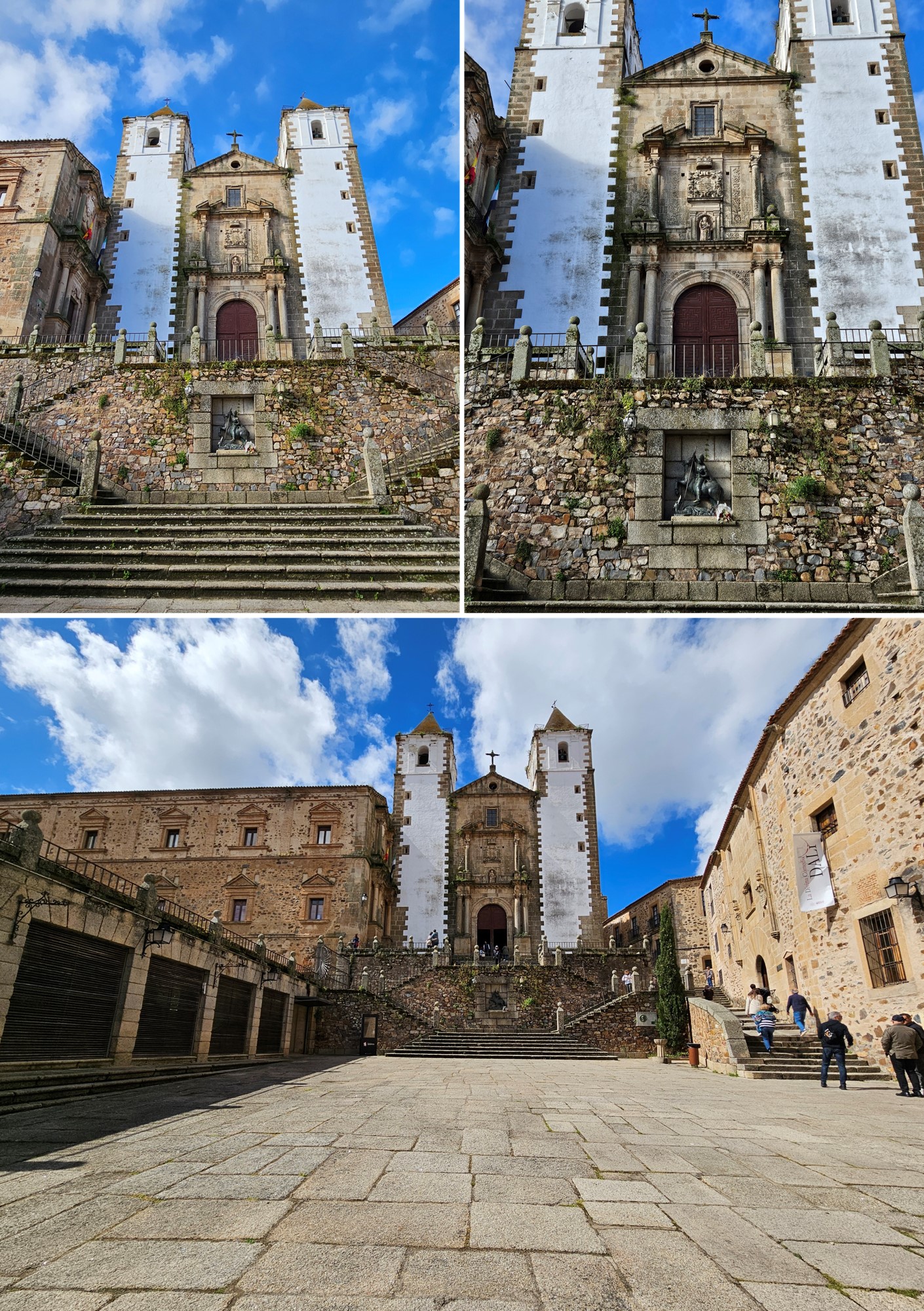
The façade of the Church of San Francisco Javier is characterized by two square towers of masonry and ashlar stone, whose white color recalls ancient Portuguese architecture. The towers are topped with pyramid-shaped roofs and framed by a semicircular arch flanked by double columns. Above the main doorway, a niche houses a statue of Saint Francis Xavier, while at the top appears the coat of arms of the Crown of Castile and León. The current façade underwent renovations in 1992, preserving its historic and architectural character.
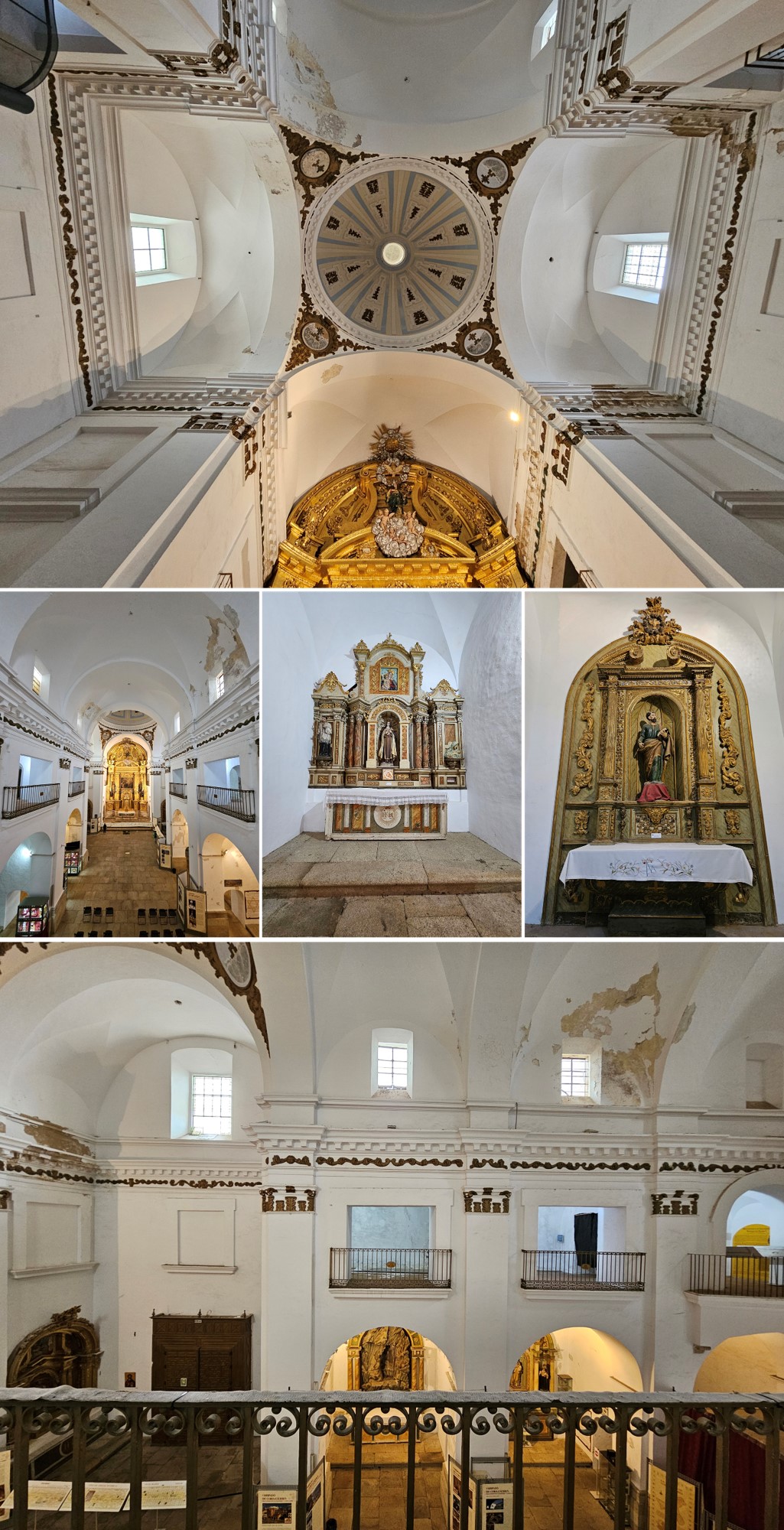
The interior of the Church of San Francisco Javier follows a Latin-cross floor plan, with a single nave and side chapels connected by passageways. The transept is crowned by a dome with a lantern that enhances its decoration. The architectural style is clearly Baroque.

The main altarpiece may be described as a blend of styles, combining elements of late Baroque with touches of Rococo and culminating in Neoclassicism. This wooden altarpiece, gilded with gold leaf, features Corinthian columns, abundant decorative details, reliefs, and sculptures. At its center is a large 18th-century painting by Paolo de Matteis, depicting the famous “Miracle of the Crab.”
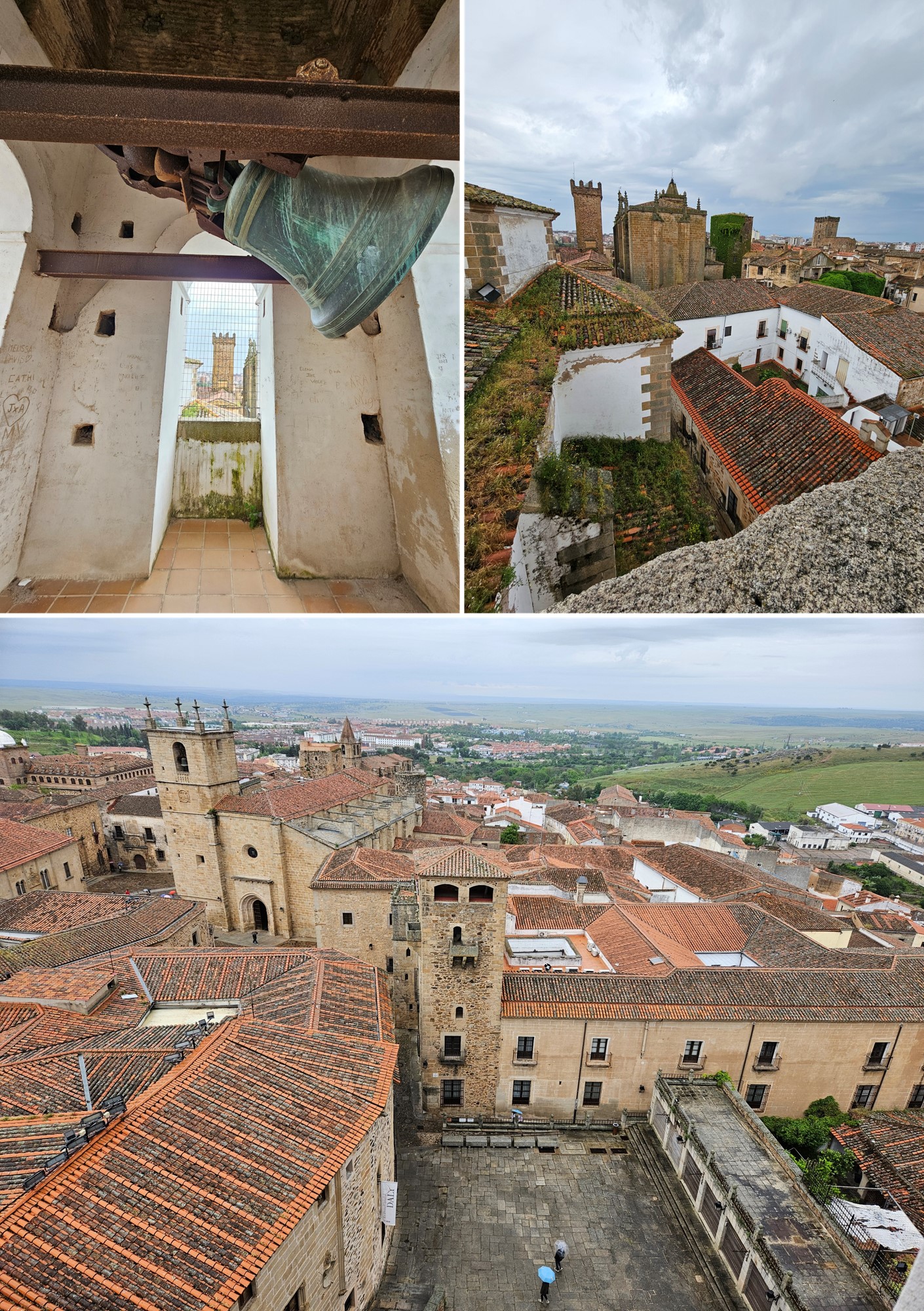
Whenever possible, it is worth climbing one of the bell towers to enjoy privileged panoramic views of Cáceres’ old town. From there, one can see landmarks such as the Tower of the Storks, the Church of San Mateo, the Palace of the Golfines de Abajo, among others, as well as an excellent view of the Co-Cathedral of Santa María de Cáceres.

Today, the Church of San Francisco Javier is no longer used for religious services. Instead, it functions as a museum under the Diocese and houses the Interpretation Center of Holy Week in Cáceres. In the church’s crypt, accessed from Cuesta de la Compañía, visitors can tour this center and also enter an 11th-century cistern. The church has also served as a filming location for productions such as the TV series Still Star-Crossed and the film 1492: Conquest of Paradise. Meanwhile, the adjoining school now houses the Higher School of Dramatic Art of Extremadura (ESAD).
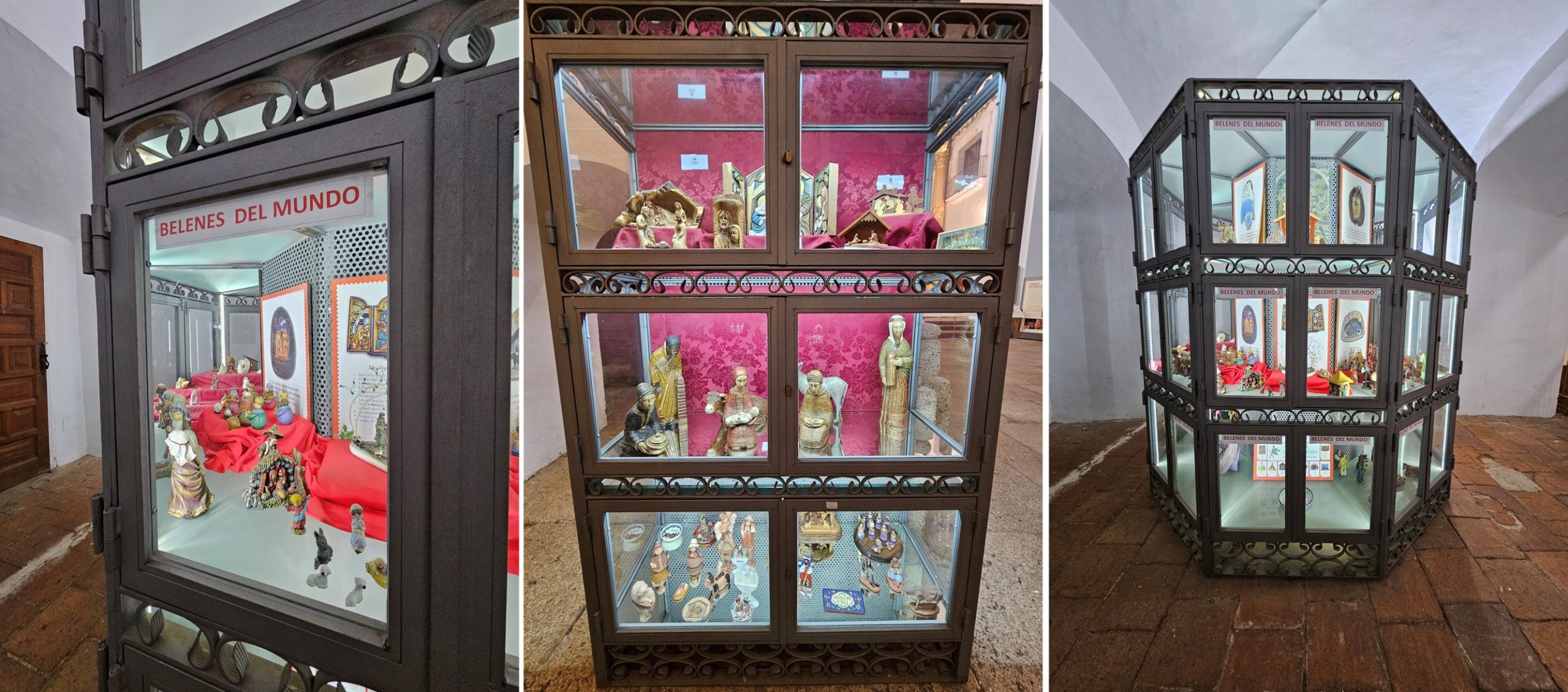
During our visit, we had the opportunity to enjoy an impressive exhibition titled Nativity Scenes of the World. The show was carefully curated and conveyed a message of peace and harmony, featuring beautiful nativity scenes of different sizes, materials, and textures, representing nearly every country in the world.
